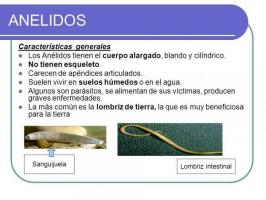First generation antipsychotics
In this BIOLOGY video we will explain "First generation antipsychotics".
First generation antipsychotics. To start with: Anti-psychotic. We are talking about a drug that is going to be given to those people who have a disorder diagnosed as schizophrenia. Sometimes it is also given to people who have schizophrenia-like symptoms (such as a delirium) in cases of something very strong. Giving an antipsychotic is no small feat. It is something very strong. Specifically, this type of drug appeared in a context that is important to underline because in this video we will strictly talk about first-generation drugs. (In another video we will talk about the second generation). Let's think about the following; these first-generation antipsychotics were made very popular because what they allowed was: on the one hand, to improve the so-called positive symptoms. The "positive" symptomatology is not something "wai". It is simply a symptomatology that a person has who is diagnosed with schizophrenia that is called positive because things happen that "are extra". Things that should not happen, for example hearing voices, perceiving things that do not exist... all this followed by experiences that add to reality and that do not exist are the so-called positive symptoms of schizophrenia. While the negatives are those that make people lose abilities such as the ability to communicate.
If you want to know more about the subject "First generation antipsychotics", do not miss this video and practice with the exercises that we have on our website.



